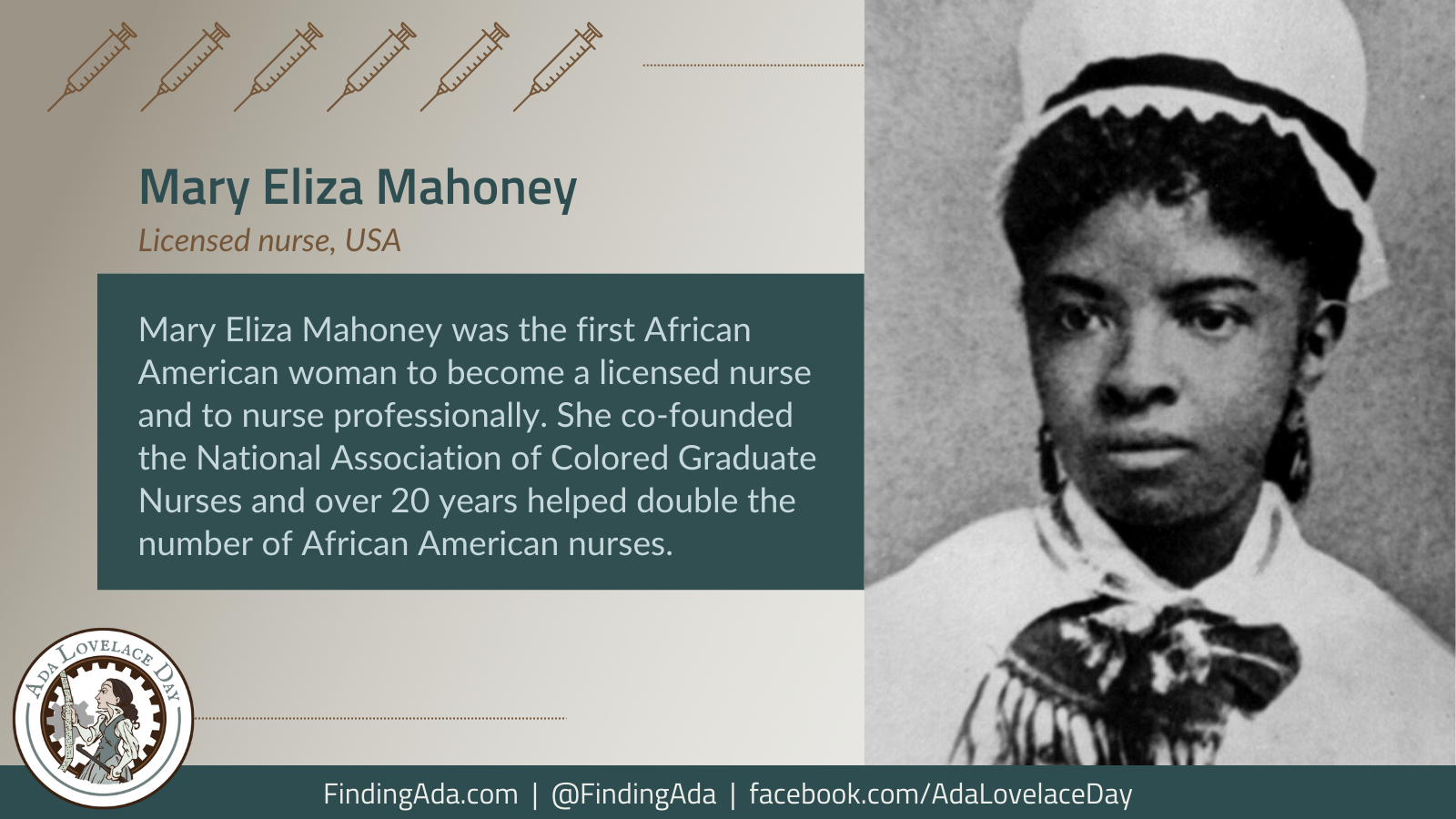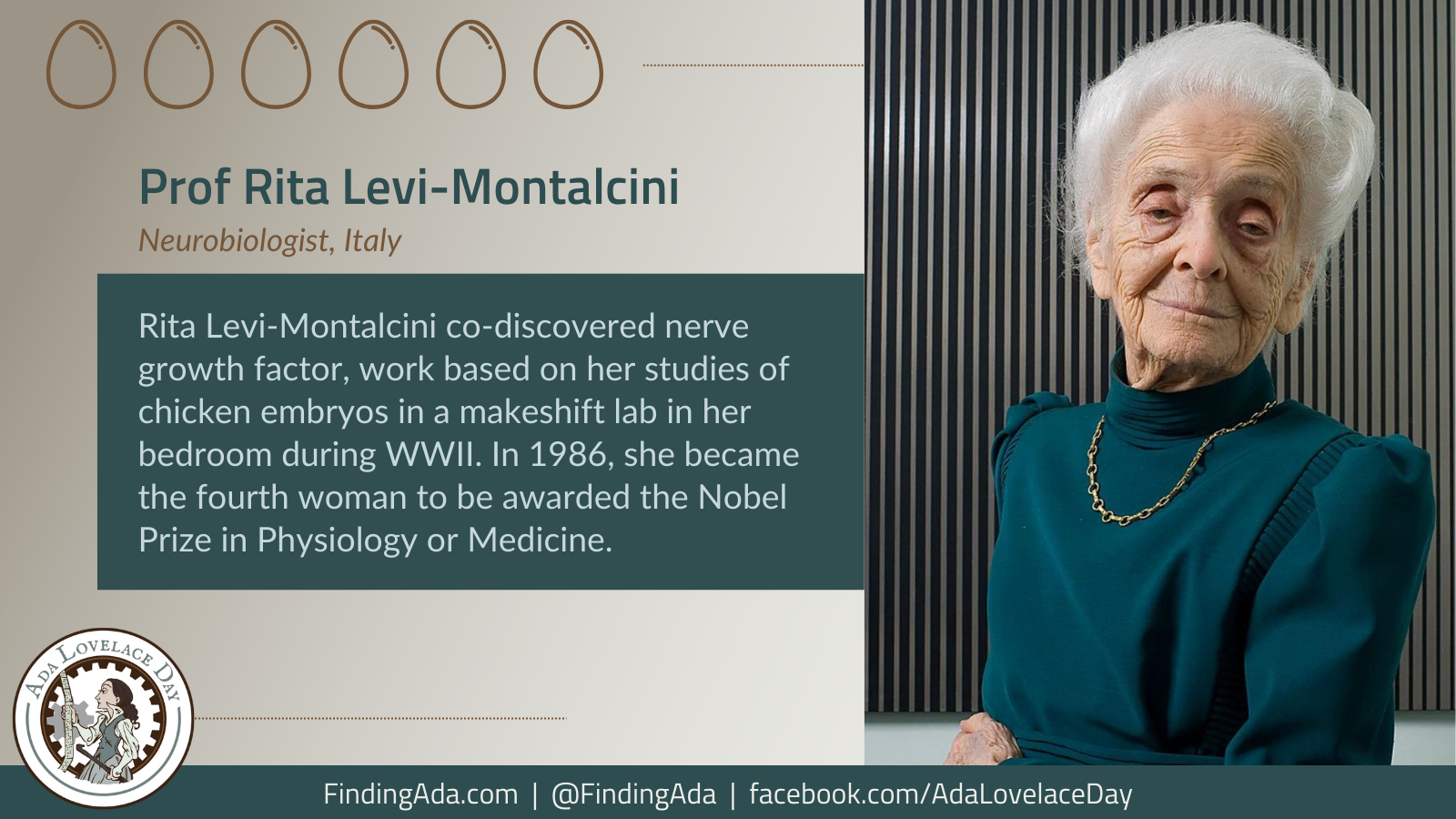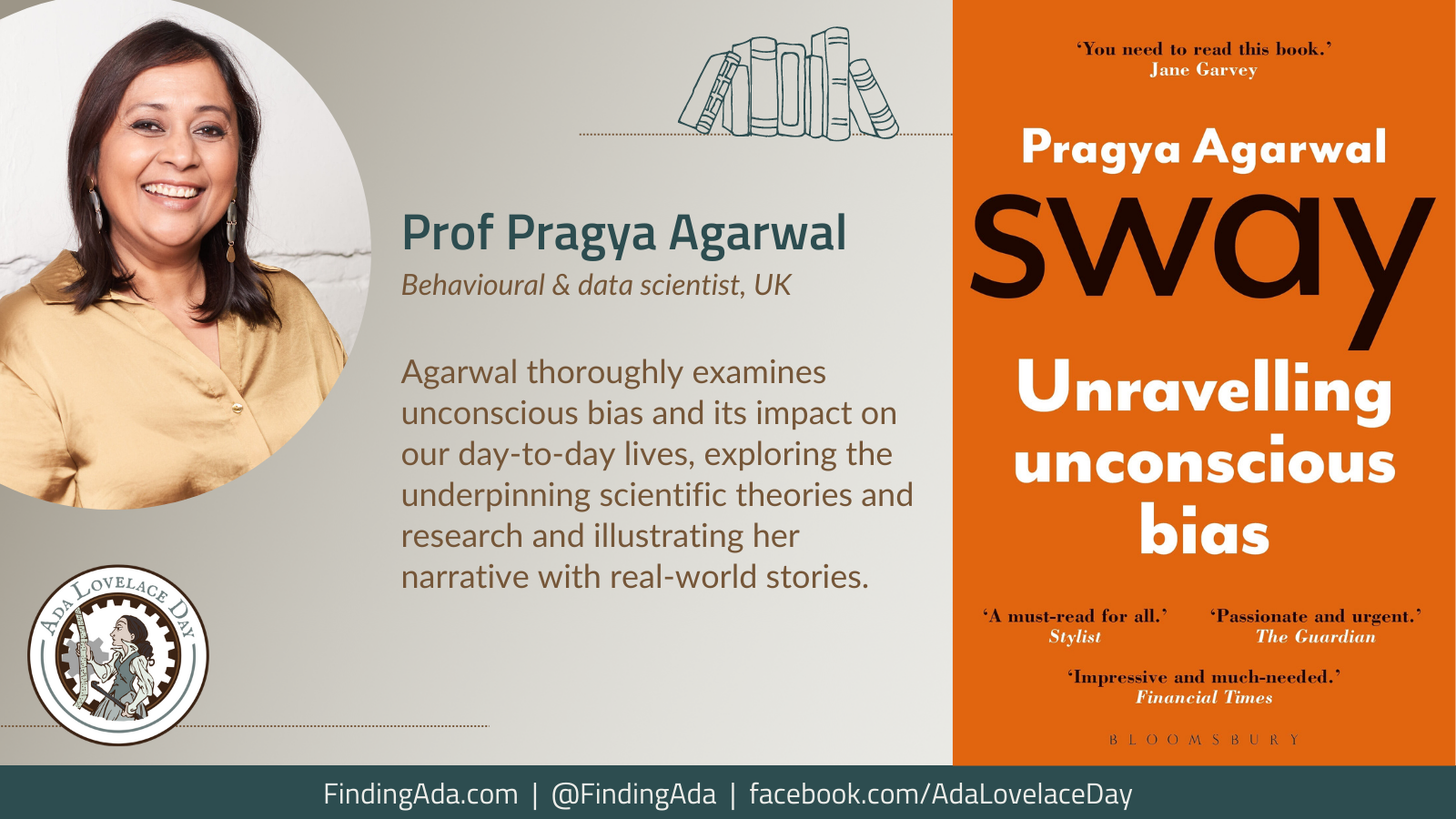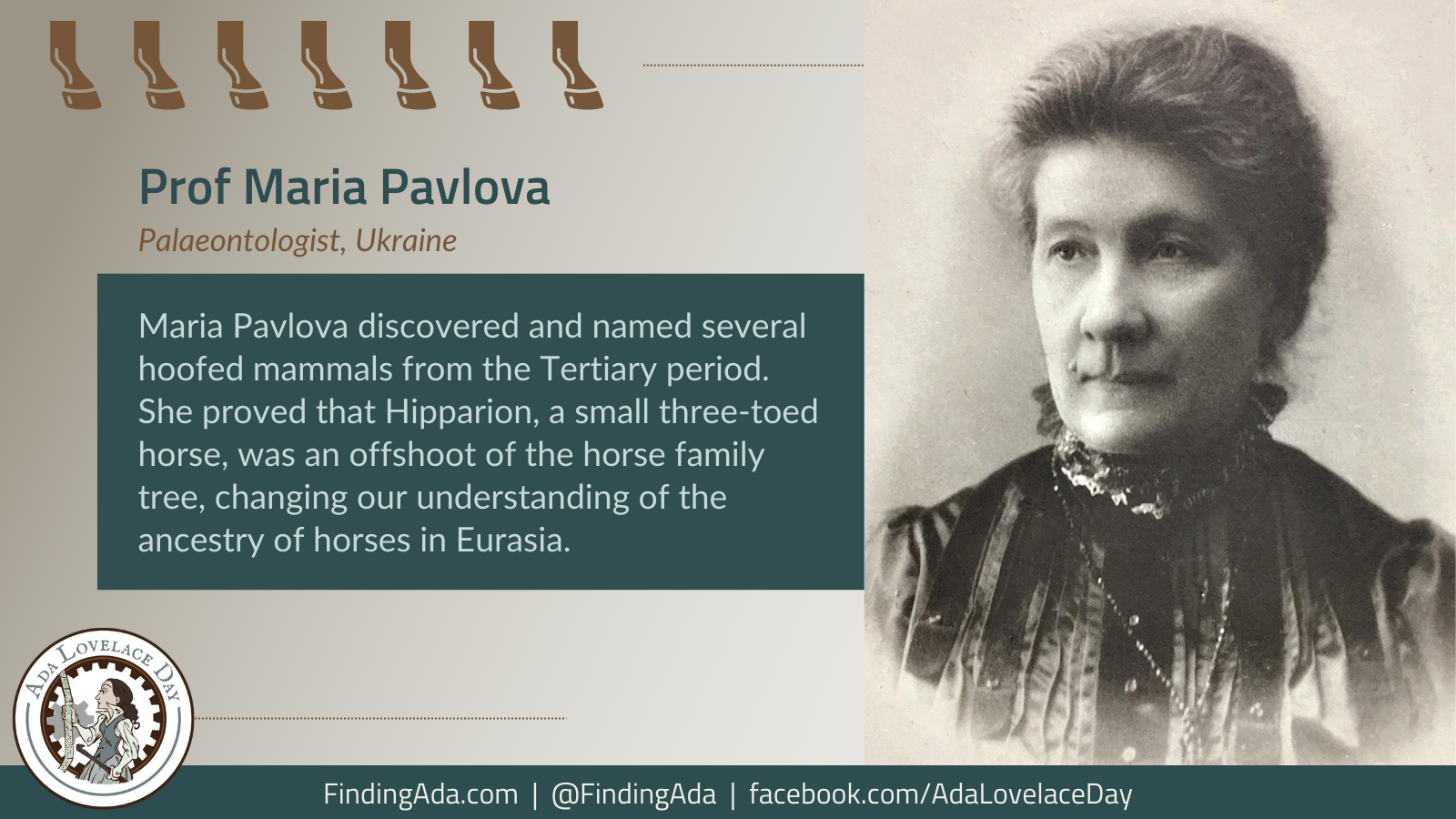
Mary Eliza Mahoney
Mary Eliza Mahoney was the first African American woman to become a licensed nurse and to work professionally as a nurse in the USA.
Born in 1845 in Massachusetts, Mahoney’s interest in nursing began at school, where alongside traditional subjects she was taught about morality and humanity, and her interest was intensified by the increase in nurses during the American Civil War.
She began working as a maid, cook and nurse’s assistant at the New England Hospital for Women and Children, which employed only female doctors. After working there for 15 years, and at the age of 33, Mahoney enrolled in the hospital’s nursing course, which covered medical, obstetric, surgical and paediatric services.
The criteria for admittance was strict, and the course extremely rigorous, with lectures and lessons from doctors, bedside training, working in wards and placements at other sites such as private family homes. She was also working as a private-duty nurse to top up her meagre wages. Mahoney was one of only three women to successfully complete the training and graduate from her class of 42 women and the only African American woman to do so.
She began her career after graduation as a private care nurse working for rich white families, particularly new mothers and their children. Initially, many families treated her as akin to a household servant, but as she gained a reputation for efficiency and professionalism, she began to receive requests from patients in a number of states.
Mahoney wanted to improve nursing for other women of colour like herself and change how patients thought of nurses from her background. Mahoney joined the Nurses Associated Alumnae of the United States and Canada (NAAUSC), but discovered that they weren’t welcoming to African American women. This prompted her to start a new organisation, and in 1908, she co-founded the National Association of Colored Graduate Nurses (NACGN). Although the organisation launched with only 26 nurses, she felt it was important to challenge the inequality of nursing education.
In her later career, Mahoney became the director of the Howard Colored Orphan Asylum, which was one of the few institutions run by African Americans. After she retired, she maintained her activist spirit, supporting women’s equality and suffrage, and demonstrating in the civil rights protests.
She died in 1926, aged 81.
The NACGN honoured her legacy by creating the Mary Mahoney Award in 1936, which continues today under the American Nurses Association, and is awarded to nurses who strive for equality in nursing. Mahoney was also the influence of the Mary Mahoney Professional Nurses Organization, started in 1949 by Anne Foy Baker for African heritage nurses.
Further Reading
- Mary Eliza Mahoney, Wikipedia
- Mary Eliza Mahoney, First African American Nurse, Nursing Theory
- Mary Eliza Mahoney and The Legacy Of African-American Nurses (Women in Medicine), Susan Muaddi Darraj, 31 December 2004
- Mary Eliza Mahoney (1845-1926), Ryan Hurst, Black Past, 28 March 2009
- Mary Eliza Mahoney, Dr Kelly A. Spring, National Women’s History Museum, 2017
- Overlooked No More: Mary Eliza Mahoney, Who Opened Doors in Nursing, Sarah Fielding, The New York Times, 22 February 2022
- Breaking Barriers: A History of Mary Eliza Mahoney, Heather Kays, American Association of Nurse Practitioners, 4 April 2022
- Our Founding, Mary Mahoney Professional Nurses Organization



